Description
WQ730 Turbidity Sensor
Unveiling Water Quality: A Deep Dive into Turbidity Sensors and Meters
Built for Simplicity and Durability
Turbidity sensors are designed with user-friendliness in mind. Their simple operation allows for quick deployment and reliable data acquisition. The marine-grade cable with strain relief ensures a secure connection, while the rugged stainless steel and Delrin sensor housing guarantees longevity in even demanding environments.
The Science Behind Turbidity Measurement
Following the principles outlined in USEPA Method 180.1, turbidity sensors function as 90-degree scatter nephelometers. They operate by directing a focused beam of light into the water being monitored. Particles suspended within the water cause the light beam to reflect, and the resulting light intensity is measured by a photodetector positioned at a precise 90-degree angle to the light source. The intensity of the detected light has a direct correlation to the water’s turbidity. To account for external factors that might influence readings, such as fluctuating light intensity, color variations, or minor lens fouling, turbidity sensors utilize a secondary light detector. This innovative design ensures accurate and reliable turbidity measurements.
Deployment and Applications
For environmental or process monitoring applications, simply submerge the turbidity sensor directly into the water at the desired measurement location. It’s crucial to minimize external light exposure to the monitoring site, as the sensor relies on light to detect turbidity.
The Global Water Turbidity Meter: A Versatile Solution
The Global Water Turbidity Meter combines the aforementioned turbidity sensor with a user-friendly handheld meter. This meter features a clear six-digit LED screen, a four-button control panel for intuitive operation, and an internal 9V battery for portable use. The meter is ideal for environmental or process monitoring situations where continuous monitoring isn’t necessary. It offers the flexibility to display readings in either nephelometric turbidity units (NTU) or parts per million (PPM), catering to different user preferences. Additionally, an automatic shutoff feature helps conserve battery power, extending the meter’s operational life.
Maintaining Peak Performance: Sensor Cleaning
Regular cleaning is essential for maintaining the accuracy of your turbidity sensor readings. Depending on the specific conditions of the monitored waterbody, cleaning the sensor’s lenses might be necessary as often as once a day, with a minimum recommended frequency of once a week. Fortunately, the turbidity sensor’s design, incorporating cutting-edge manufacturing technology, allows for easy cleaning and ensures its resilience in harsh field environments.
By understanding the functionality, deployment strategies, and maintenance requirements of turbidity sensors and meters, you can leverage these valuable tools to gain crucial insights into water quality. Their ease of use, robust design, and adherence to established environmental monitoring methods make them a cornerstone for various water quality assessment applications.

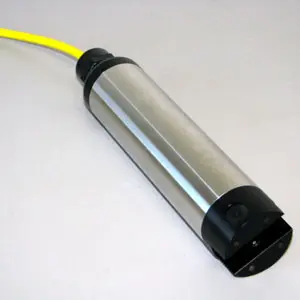
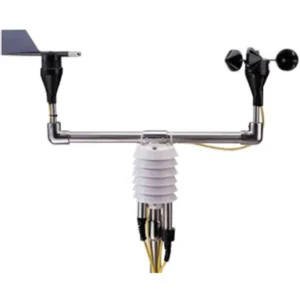
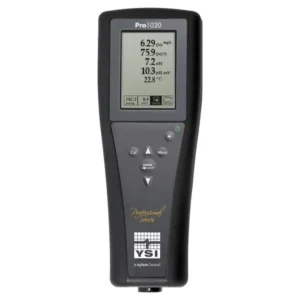
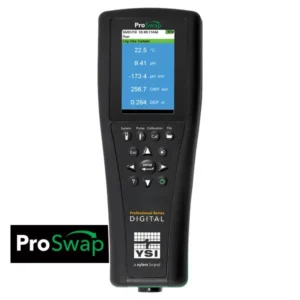
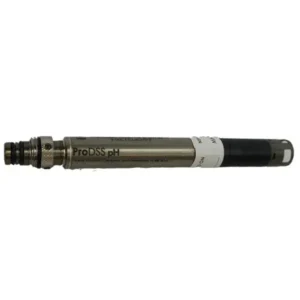
Reviews
There are no reviews yet.